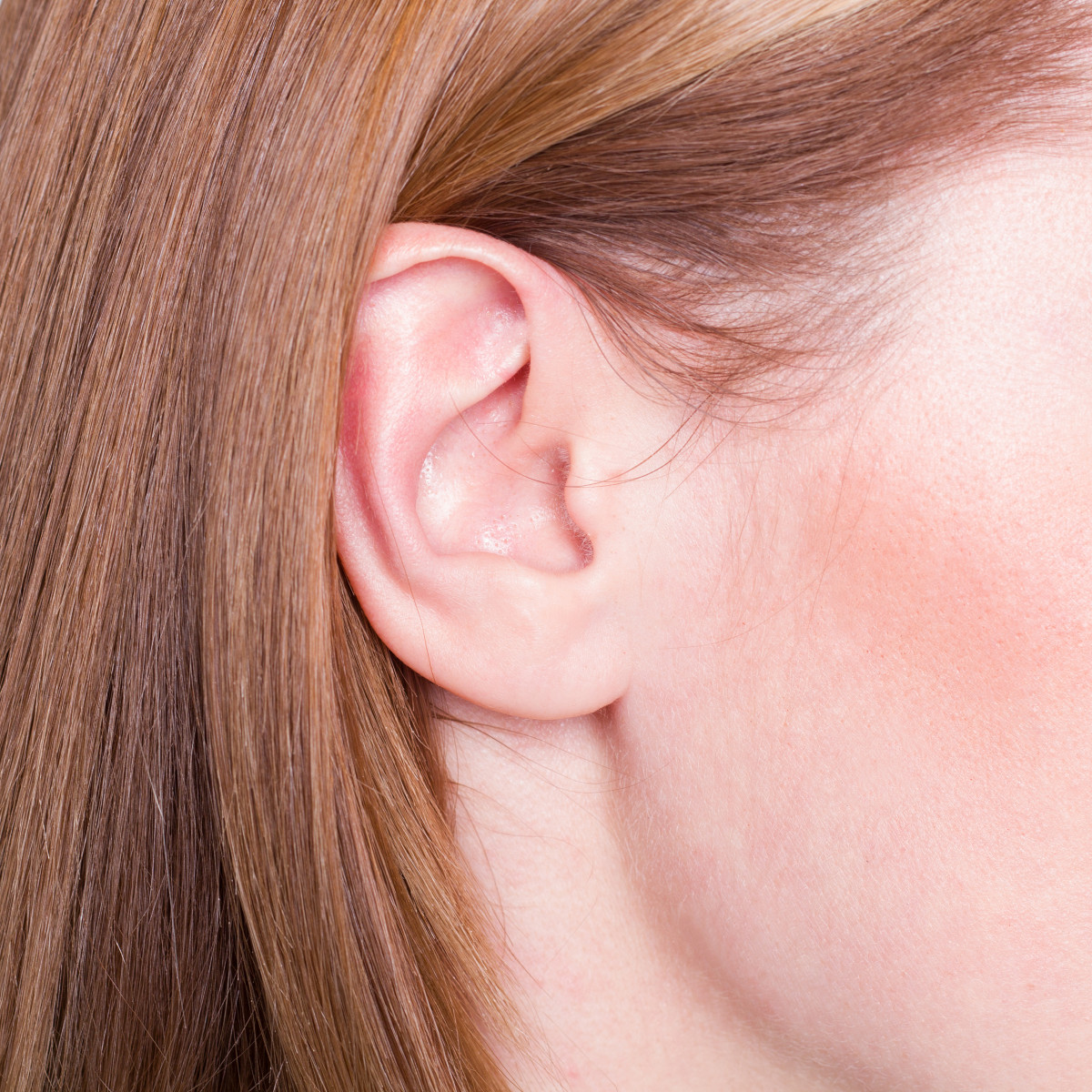Bone-anchored Hearing Aid Successfully Implanted in DEB Patient, Case Report Shows

A bone-anchored hearing aid was implanted in a patient with epidermolysis bullosa (EB) who had mixed hearing loss, according to a case report. There was minimal damage to the surrounding skin, which is generally seen with conventional hearing aids in EB patients.
The case report, “Successful Placement of a BAHA Implant in a Patient With Epidermolysis Bullosa: A Case Report and Review of the Literature,” was published in the journal Annals of Otology, Rhinology & Laryngology.
The report describes the treatment of hearing loss in a 26-year-old woman with recessive dystrophic EB (RDEB), a type of dystrophic EB caused by inheriting one defective gene from each parent. The genetic defect is on the COL7A1 gene that produces type VII collagen protein. This protein is normally involved in anchoring the epidermis (the outermost layer of skin) to its underlying layer, the dermis, but fails to do so in RDEB.
RDEB is considered the most severe form of EB. The effects of scarring in RDEB can cause deformities, blood infection, squamous cell carcinoma, growth restriction, and dental caries. Scarring, webbing, and obstruction of the esophagus may occur, along with anemia, pain, and immobility.
Due to her disease, the woman had mixed hearing loss in both ears associated with external auditory canal stenosis (narrowing of the external auditory canal) in the right ear. Mixed hearing loss means that the ear canal, ear drum, or middle ear is affected, as well as the nerves in the inner ear.
The clinicians chose a bone-anchored hearing aid for the right ear because traditional hearing aids often cause skin damage to the external auditory canals in people with epidermolysis bullosa.
Bone-anchored hearing aids are one type of osseointegrated hearing devices. These are implanted in the skull behind the ear and transmit sound vibrations to the inner ear, bypassing the outer and middle ear.
Osseointegrated devices are usually used in cases where hearing loss is found in the outer or middle ear and damage to the inner ear is not the cause.
The report states that the patient had an uncomplicated placement and did not report wound complications at the time of activation of the device three months after surgery. After nine more months of wearing the device, there was only one local infection, which was treated successfully with oral antibiotics.
“Surgical placement of a BAHA [bone-anchored hearing aid] osseointegrated implant and subsequent amplification can be performed safely and with minimal complications in patients with EB using a punch incision and attentive postoperative skin care,” the authors stated in the case report.
“A bone-anchored hearing implant placed with a punch technique may also prove to be well suited for patients with other blistering skin disorders and acquired external auditory canal stenosis,” they added.
The team cautioned that “while our result is promising, prospective research is required to determine the safety and further efficacy of placement in future patients with desquamating and blistering skin disorders.”






